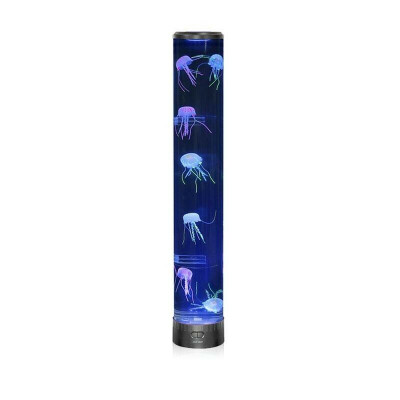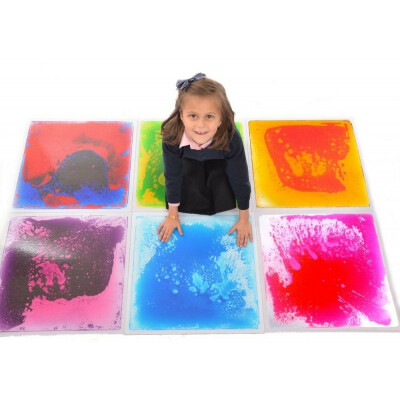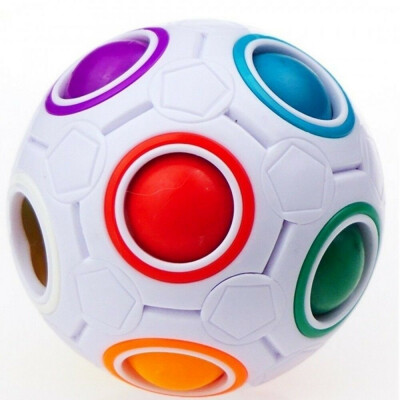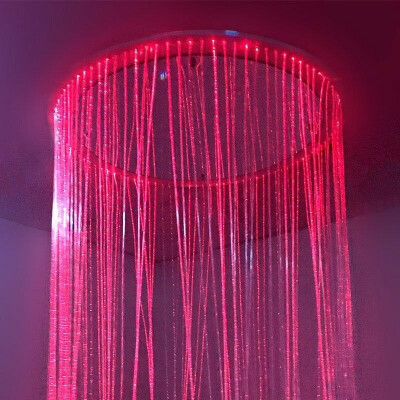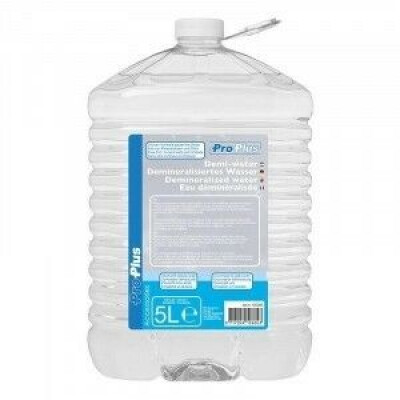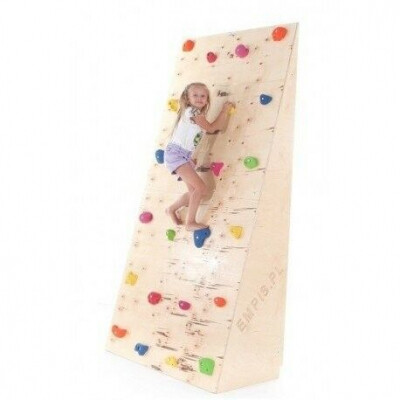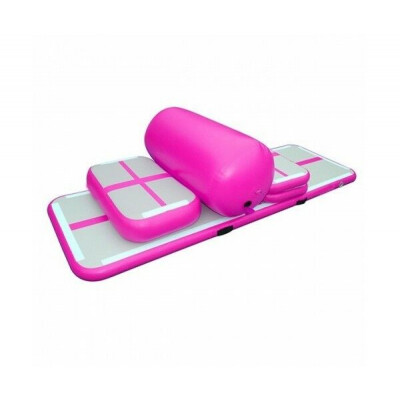Snoezelen (mulitsensory stimulation)
What is snoezelen? (multisensory stimulation)
Perhaps you have heard of it. Snoezelen or multisensory activation is a calming activity for people with a (severe) mental disability or advanced dementia.
Snoezelen falls under the perception-oriented way of providing care. People with dementia or with a mental disability are often more focused on body language and physical contact. Snoezelen stimulates the most important senses: hearing, sight, smell, touch and taste. By stimulating these senses selectively, people can express their emotions and feelings.
Why snoezelen?
The ultimate goal of snoezelen is a better quality of life for the person receiving care. Snoezelen optimizes feelings. It promotes a dialogue between cared for, close or caregiver and the environment. It gives a sense of security and safety.
Snoezel aids or materials:
- Give relaxation.
- Fight boredom.
- Promote contact.
Improve the experience through sensory perception.
All this leads to a decrease in unrest and aggression and therefore to less use of sedative medication. It makes life and the relationship more meaningful.
How does snoezelen work?
Snoezelen is a form of experience-oriented care. It fits in with the experience and feelings of someone who receives care. The inner world is central and the care provider accepts, values and follows. A bond of mutual trust is created.
And the practice in healthcare?
In the care for the disabled there are opportunities for snoezelen for people and children with a (serious) intellectual disability in institutions, schools and daycare centers. There are various materials for this, including fully furnished snoezel lodges or experience rooms.
Elderly care uses snoezel material to let people in an advanced stage of dementia express her or his emotions and pain. Anxiety and anxiety diminish, relaxation and rest increase.
Snoezel materials are also available for your (own) living room, bedroom or bathroom.
Examples of snoezel materials
- See. Observing movements, colors, light sources and combinations thereof. Examples: DVDs with soothing images, 24/7 soothing film subscription of natural films especially for dementia, mirror balls, moving 'paintings' and projections, (Christmas) lighting, black light in a dark environment and lava lamps.
- Hear. Listening to soothing sounds and music. Examples: rain makers, CDs with piano or guitar music. People with dementia often have a favorite genre. Example is the music cushion or a music vibrating waterbed.
- Feel. Stimulate feeling. Examples: blowing air, rocking, a warm (foam) bath. But also soft play materials, such as fleece cushions. For unrest with dementia; (homemade) fruffel tablecloth or frunnik materials.
- Smell. Offering scents. Examples: aromatherapy (in the bath), incense or scented flowers, but also prepare the smell of food.
- Touch. Feeling different materials and shapes. Examples: dolls, toy animals such as robotic animals, boards with various materials and shapes, seed bags. But also think of a container with sand, marble or other small materials that someone can 'feel' through.
- Taste. Tasting of various aromatic snacks or drinks. Examples: fruit or ice creams, but for people with dementia also consider taste preferences from the past, for example herring or a cinnamon stick.

